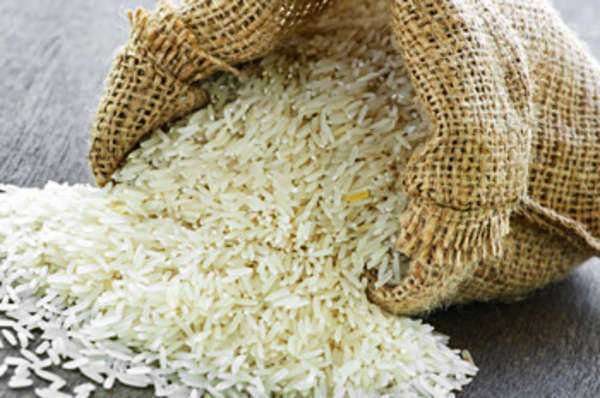
USDA in Preventing World Famine from Spreading
World famine is a global issue that affects millions of people every year. The United States Department of Agriculture (USDA) plays a critical role in helping to prevent the spread of famine and food insecurity around the world. From research and technology development to emergency assistance programs, the USDA is dedicated to promoting food security and resilience in vulnerable communities. This article explores the role of the USDA in preventing world famine and the potential implications of these efforts.
Research and Technology Development
The USDA’s research and technology development programs are essential in helping to prevent world famine. These programs focus on developing new agricultural practices, improving crop yields, and enhancing food safety and nutrition. Through research partnerships with universities and international organizations, the USDA is working to address some of the most pressing challenges facing the global food system, including climate change and the spread of plant pests and diseases.
Emergency Assistance Programs
In addition to its research and technology development programs, the USDA also plays a critical role in providing emergency food assistance to vulnerable communities around the world. The agency’s Emergency Food Assistance Program (TEFAP) provides nutritious food to people in need, including those affected by natural disasters, conflict, and other emergencies. The USDA also supports the United Nations World Food Programme and other international aid organizations in their efforts to address hunger and malnutrition.
Partnerships and Collaboration
The USDA recognizes that preventing world famine requires a collaborative effort from governments, organizations, and individuals around the world. The agency works closely with international partners and stakeholders to develop and implement effective strategies for food security and resilience. Through its international development programs, the USDA provides technical assistance and support to farmers and other food producers in developing countries.
The Future of USDA’s Efforts in Preventing World Famine
As the world continues to face new challenges, such as climate change and the COVID-19 pandemic, the USDA’s role in preventing world famine will become increasingly important. The agency will need to continue developing innovative solutions to address food insecurity and malnutrition while also promoting sustainable farming practices and protecting the environment.
Conclusion
The USDA’s efforts in preventing world famine are critical in promoting food security and resilience around the world. From research and technology development to emergency assistance programs and partnerships with international organizations, the USDA is working tirelessly to ensure that vulnerable communities have access to safe and nutritious food. As the global population continues to grow, it will be essential for the USDA to continue its efforts in preventing world famine and promoting a sustainable and resilient food system.
The United States Department of Agriculture announced in a press release this week that U.S. laboratories have found a gene that may be able to stop the spread of wheat stem rust, a reddish fungus that could cause widespread famine if left unchecked.
Wheat stem rust, a disease caused by infectious microfungi, has been observed in Africa and the Middle East. In areas affected by the disease, crop yields have been reduced by as much as 70 percent, making wheat rust a devastating organism for farmers who rely on wheat crops in those regions.
Many scientists fear that wheat stem rust could soon infect wheat crops overseas, including in North America, which could significantly impact food supplies worldwide. Over 90 percent of the world’s wheat crops are vulnerable to the specific species of fungus that causes wheat stem rust, and the organism is fast-spreading in new areas. After being reported for the first time only 14 years ago, in 1999, the disease has spread from a localized patch of Uganda to many of its neighbors and beyond.
New research conducted at the Cereal Disease Laboratory in St. Paul examined not just the species of wheat typically grown for bread and pastas, but also several other related species to see if a gene could be found to create wheat stem rust resistance. Scientists working at the laboratory found exactly the gene they were looking for—termed Sr35—in a species of wheat called Triticum monococcum. This species is closely related to the wheat grown for food crops today.
Now that the gene has been isolated from Triticum monococcum, scientists say that it can be inserted into the genome of commercial varieties of wheat. This can be done through genetic engineering or even through cross-breeding. Plants carrying the Sr35 gene have near-complete immunity to wheat stem rust.
The USDA says that some commercial varieties of wheat have already begun to use the new Sr35 gene, and that it is beginning to be deployed by wheat geneticists nationwide. While it is likely that wheat stem rust would not begin to impact North America for some time—possibly decades—having prevention measures in place now ensures the safety and security of America’s wheat crop.
By working to prevent diseases before they become an issue to the United States food supply, the USDA is also creating disease resistant strains that can be deployed to regions already affected by wheat stem rust.




















